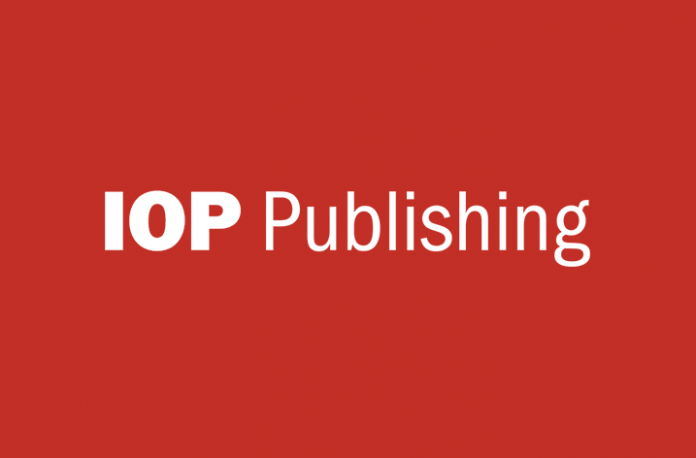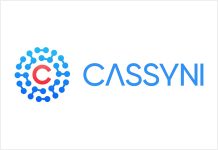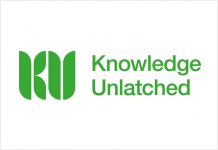
IOP Publishing has expanded its growing ebook collection today with the publication of ‘Creativity for Scientists and Engineers: A practical guide’ which explores how scientists can utilise collaboration and thinking outside the box to be more creative and in turn, further scientific development and breakthroughs.
“Although the ‘Eureka moment’ makes a great story – the genius inventor suddenly magics up a great new device, the genius scientist runs to her desk to write down the great equation – the much more prosaic truth is that creativity is the outcome of very hard work, over often very long periods of time and building on the work of others” explains Dennis Sherwood, one of the country’s leading experts on creativity and innovation and author of the book published today.
Miriam Maus, publishing director at IOP Publishing says: “Creativity is at the core of all we do, and we are proud to publish a book that provides a practical ‘how to’ guide for scientists to improve and develop their creative confidence, decipher between good and bad ideas and how to sustain a culture of creativity and innovation within a team.”
The book combines pragmatic and powerful processes for generating novel ideas with the fundamental first principles on which creativity is based, including Koestler’s Law in which unrelated components come together in a meaningful way to create a new innovative concept, as well as exploring the cultural factors that need to be addressed for creativity to happen.
To illustrate the principles, the book gives examples of creativity in science and engineering, as it happened both historically and in modern science, from the discovery of DNA to Newton’s laws of motion and Einstein’s discovery of Special Relativity.
A key example Sherwood uses to demonstrate the power of Koestler’s law in physics is the discovery of Special Relativity by Einstein. In the paper, Einstein has no references which may suggest special relativity was the creation of a “lone genius”. However, throughout his work, he pulls on the “giants before him” such as James Clark Maxwell and Henrik Lorentz.
Moreover, the book includes a chapter in which 13 contemporary scientists and engineers tell their own stimulating stories, from how cows in Kansas triggered an idea for reducing noise in valves to the discovery of gravitational waves.
“The essence of Koestler’s Law, combining knowledge from one domain, solved the problem of suspending the interferometer mirrors to detect the waves,” explains Professor Sheila Rowan CBE FRS, from the Institute for Gravitational Research at the University of Glasgow, “I think if you look, you’ll find this kind of story over and over again in the field of gravitational wave detection – where the right ideas and inventions at the right times came together to make progress.”
Creativity for Scientists and Engineers is written for people who wish to enhance their personal creativity as well as that of the teams they lead.
This publication adds to IOP Publishing’s high-quality ebook collection which brings together innovative digital publishing with leading authors from across the physical sciences. In 2021, IOP Publishing expanded its collection by 111 new titles.





























